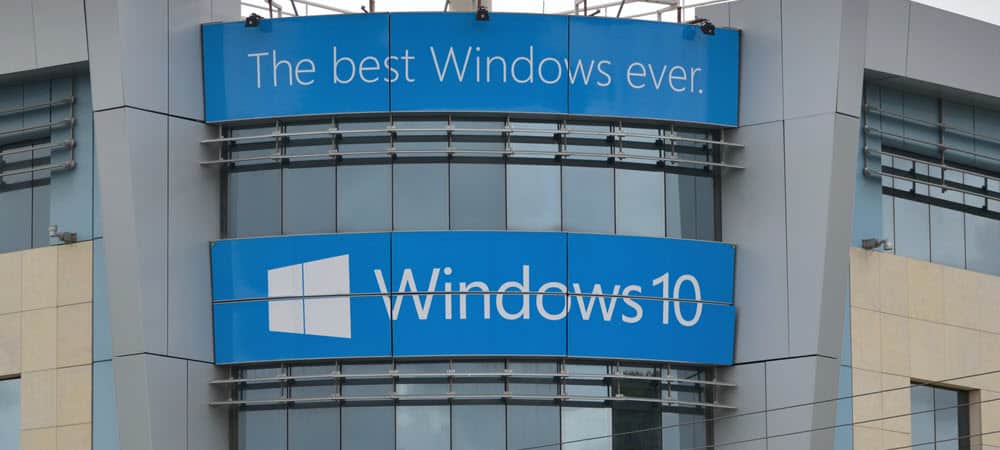Windows Server 2016 Launches September 2016
Windows Server 2016 will be available in 3 editions. With the launch of Windows Server 2012, Microsoft dropped the Enterprise edition. As a result, customers running the older Windows Server 2008, Enterprise, will have to consider moving up to Datacenter for an analogous set of features and functions. Unlike the Windows 10 client, Windows Server 2016 uses a similar maintenance model to its predecessor. Understanding the unique requirements of a server operating system in business, updates and release cadence will be less aggressive. Updates, for instance, must be manually installed. Server 2016 will also continue with a similar support lifecycle of 10 years, giving organizations the breathing room to upgrade at a slower pace. The traditional GUI parts of the operating system will be part of what the company calls the Long Term Service Branch, while the new command line only experience will use the Current Business Branch. This will require businesses using CBB to move to revisions much faster.
Datacenter: This edition continues to deliver significant value for organizations that need unlimited virtualization along with powerful new features including Shielded Virtual Machines, software-defined storage and software-defined networking.Standard: This edition is ideal for organizations that need limited virtualization but require a robust, general purpose server operating system.Essentials: This edition is designed for smaller organizations with less than 50 users.
These editions will be available for purchase on the October 2016 price list. More details on editions and pricing for Windows Server 2016 can be found here. It’s also important to note that for the Standard and Datacenter editions, there are three installation options:
Server with Desktop Experience: The Server with Desktop Experience installation option (previously known as Server with a GUI) provides an ideal user experience for those who need to run an app that requires local UI or for Remote Desktop Services Host. This option has the full Windows client shell and experience, consistent with Windows 10 Anniversary edition Long Term Servicing Branch (LTSB), with the server Microsoft Management Console (MMC) and Server Manager tools available locally on the server.Server Core: The Server Core installation option removes the client UI from the server, providing an installation that runs the majority of the roles and features on a lighter install. Server Core does not include MMC or Server Manager, which can be used remotely, but does include limited local graphical tools such as Task Manager as well as PowerShell for local or remote management.Nano Server: The Nano Server installation option provides an ideal lightweight operating system to run “cloud-native” applications based on containers and micro-services. It can also be used to run an agile and cost-effective datacenter with a dramatically smaller OS footprint. Because it is a headless installation of the server operating system, management is done remotely via Core PowerShell, the web-based Server Management Tools (SMT), or existing remote management tools such as MMC. Source
Windows Server 2016, in particular, is a PowerShell-friendly release. The GUI is obviously not dead yet, but the company expects more network administrators to move to this methodology to deploy and maintain servers. The best way to test it though is in a virtual machine such as Oracle Virtualbox or Hyper-V. Comment Name * Email *
Δ Save my name and email and send me emails as new comments are made to this post.
![]()

